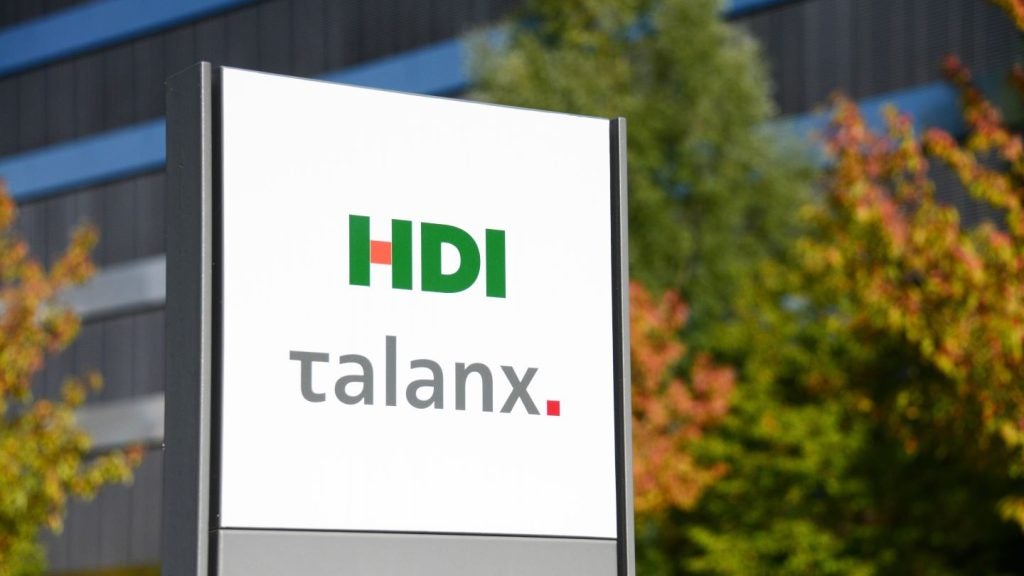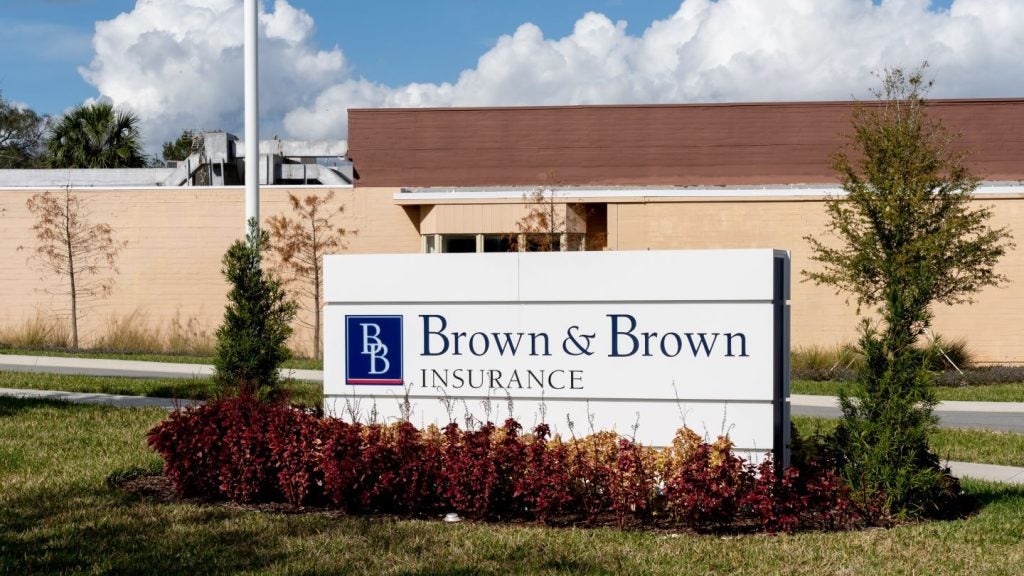Rising life expectancy
in the US is driving product innovation and unearthing previously
neglected opportunities. Executives from three major life insurers
provide Charles Davis with insight into their companies’ longevity
product strategies in a market segment offering significant
long-term potential.
 Whether it is
Whether it is
combination products built with long-term-care (LTC), or LTC
combined with an annuity, today’s product tweaks in the US life
insurance market reflect the importance of longevity as the
dominant variable in the marketplace. Combined policies are hot now
because they provide a hedge against the premium increases that
have stymied conventional long-term-care policies.
Longevity is the driving
force behind a host of product tweaks and launches, from
second-to-die policies in the life insurance business to annuities
and other products. Increasing life spans in a period of economic
uncertainty has created heightened interest in guaranteed income
strategies among older Americans.
The factoid animating the
market is that for a healthy 65-year-old couple, there is a 50%
chance that at least one of them will live until 92, according to
the Society of Actuaries.
New York Life’s Guaranteed
Future Income Annuity is typical of new products being launched. It
is a deferred income annuity marketed as a “pension-like”
retirement product.
New York Life vice-president
Matt Grove told LII that the insurer has identified two
underserved markets for retirement income, both seeking longevity
protection. New York Life calls the first segment the “income soon”
market of pre-retirees looking for income at a retirement date in
the next 10 years.
“Consumers often use variable
annuities [VA] for this purpose and over the past five years,
nearly 40% of VA buyers have begun to take their income benefits,
LIMRA has found. However, it can take 10 to 12 years to take full
advantage of the VA’s income features and those who use the income
benefit within the first five years may not reach their income
goal,” he said.
Because deferred income
annuities give consumers exposure to longer duration bond
portfolios, the benefit of compounding, return of premium, and
access to mortality credits, they often provide a larger lifetime
income stream and therefore may be more suitable.
Longevity protection
only
The second market segment seeks
pure longevity protection. These consumers have a retirement income
strategy they feel will sustain them to life expectancy, but they
may be ill prepared if they live longer than expected.
“With a 20-year deferral, the
Guaranteed Future Income Annuity can provide a 65 year old with an
annual payout rate of over 60% beginning at age 85,” Grove
said.
A host of insurers, including
the Hartford, Genworth, John Hancock, Sun Life and Lincoln
National, offer combination long-term-care insurance
products.
Michael Polonsky, director of
individual solutions at Sun Life, said that the insurer recently
launched a combination whole life insurance long-term care single
premium product, Sun Care Whole Life, which targets people aged 50
to 75 with liquid assets of at least $500,000 in investable assets.
Sun Care Whole Life provides a long-term care benefit equal to as
much as three to seven times the value of the policy owner’s single
premium for as long as eight years, he said.
“These people are active,
working, and yet they are going to move towards some form of care,”
Polonsky said.
The attraction of a linked
benefit product incorporating multiple insurance products is that
while standalone LTC is an expensive, rate-sensitive,
“use-it-or-lose-it” proposition, Sun Care Whole Life offers a
single-premium combination of LTC with a death benefit.
“If you need it, LTC is
covered, but if not, there is a death benefit there so you don’t
lose your investment,” Polonsky said. “It also has an optional
return of premium feature that allows them to keep it as long as
they want, and get it back when they want.”
Along with longevity and
combination LTC products, survivorship is also hot these days.
Insurers are building products with lifetime no-lapse guarantees in
the secondary life market, such as Prudential Life’s SUL Protector,
a survivorship universal life insurance policy that pays a benefit
after the second insured dies.
Bret Berg, director of
advanced marketing for The Prudential Insurance Company of America,
said that its survivorship universal life product, SUL Protector,
recently underwent a premium repricing because the insurer sees
renewed potential for longevity protection.
“We have had SUL Protector on
the books for some time, but we have given it a higher profile
because we’ve reduced premiums on an average of 12%,” Berg
said.
“That reflects our sense that
when we can reduce premiums, we ensure that people can make the
most of the premium dollar, so that people can keep more money on
hand for retirement.”
SUL Protector has been used
for estate planning for years, Berg said, and often is used in
irrevocable trusts as a trust-owned policy.
“With people living longer
than ever, we have to balance living with legacy planning,” he
said. “SUL offers a great opportunity to strike the right
balance.”
Hancock decided to come out
with this policy for a couple of reasons. Affluent baby boomers age
50 and up are at an age where they need to do estate tax planning.
And survivorship life insurance is used to pay estate taxes or for
wealth replacement when the surviving spouse dies. Plus, universal
life insurance pays current rates of interest on the cash
value.
Hancock’s economists expect interest rates to eventually
rise from today’s low level. So policyholders’ cash values will
earn higher rates.







